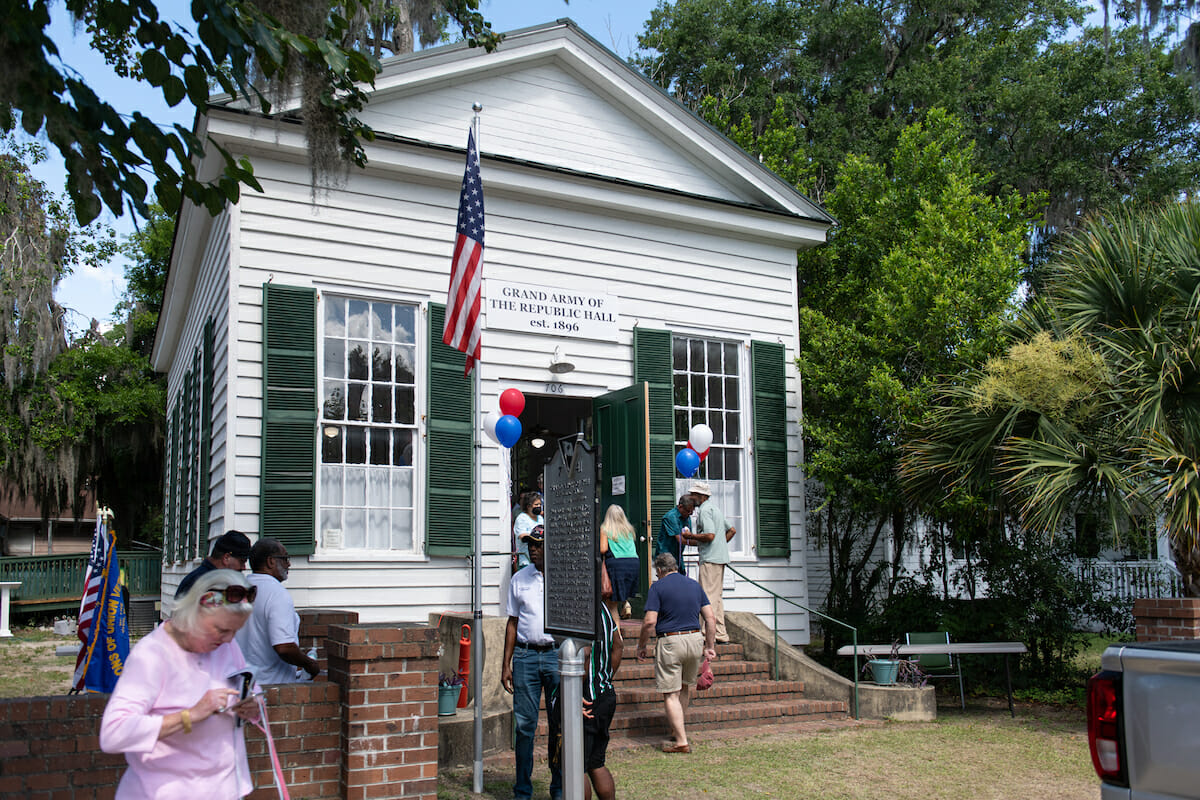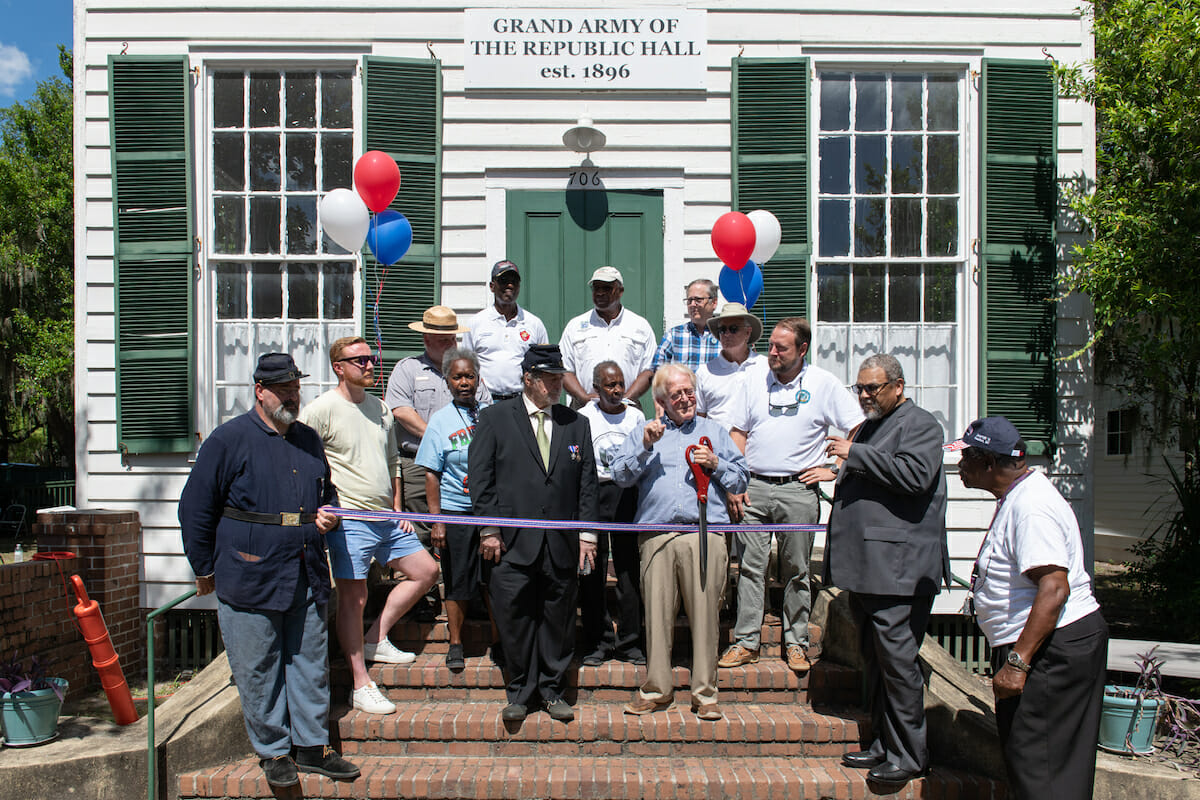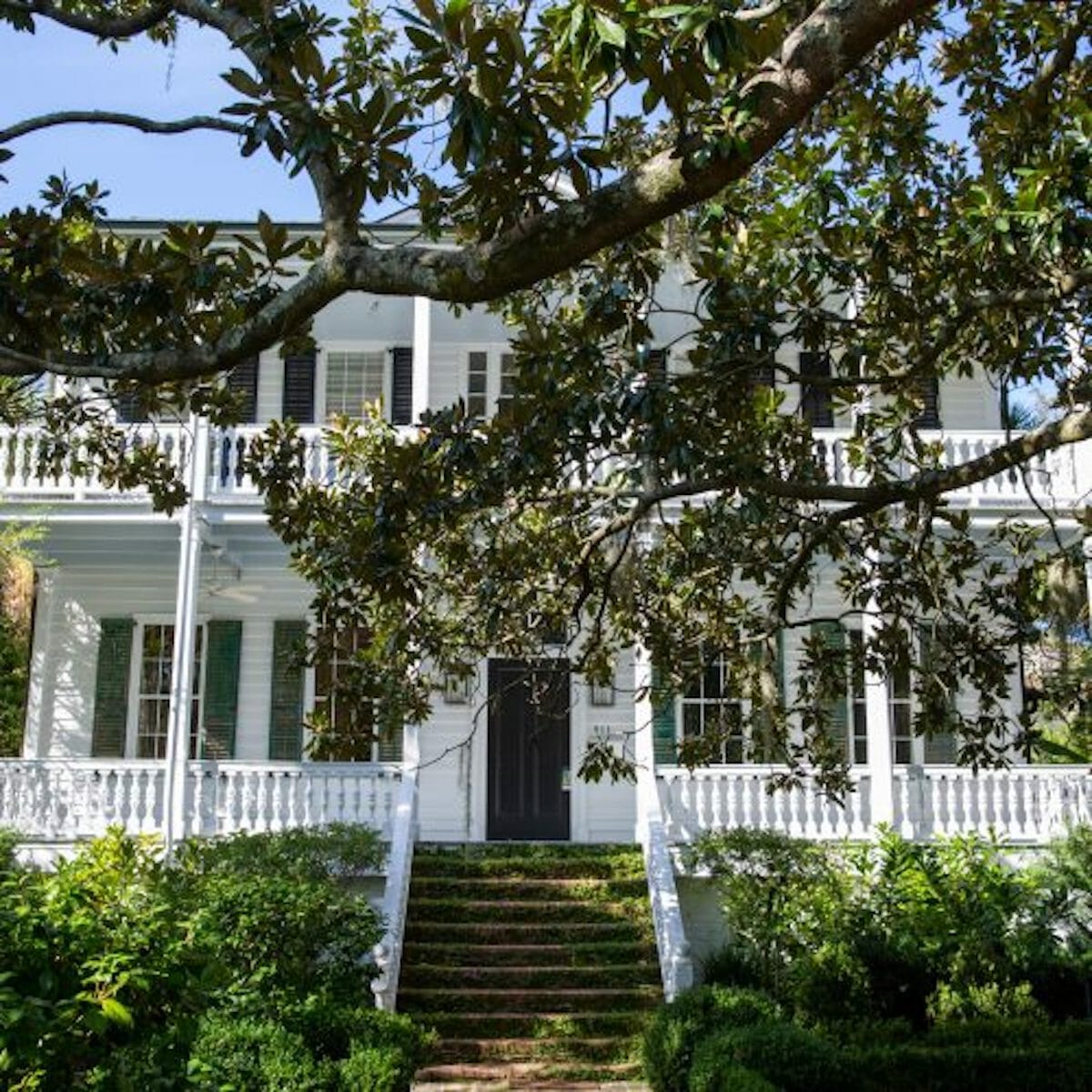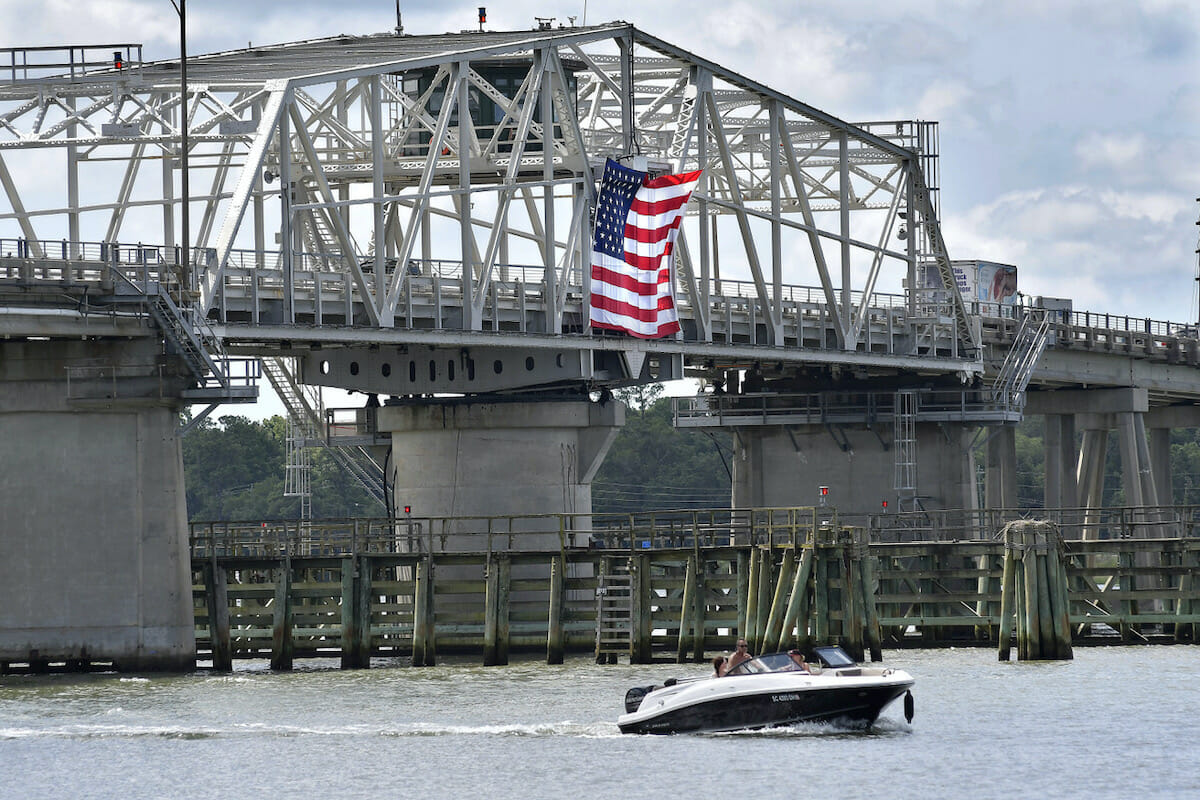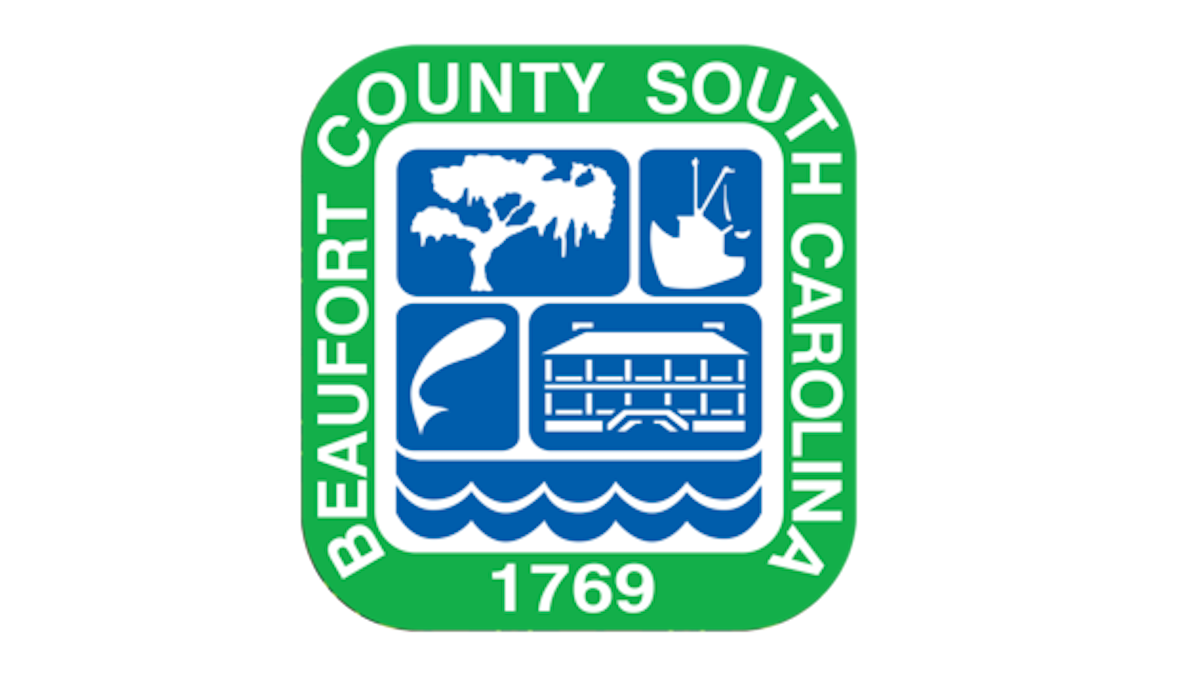From staff reports
The National Park Service has announced the addition of five new sites to the Reconstruction Era National Historic Network. This national network connects sites across the country that provide education, interpretation and research related to the period of Reconstruction (1861-1900).
Community sites newly added to the network include:
Redcliffe Plantation State Historic Site in Aiken County interprets the lives of the black and white families who shaped the cultural history and landscape of this plantation from 1855 through Reconstruction and up to 1975. Educational programs guide the public through the extant slave quarters and mansion on site, home to South Carolina governor James Henry Hammond in 1859.
The DC Legacy Project: Barry Farm-Hillsdale in southeast Washington, DC is transforming five historically landmarked buildings at Barry Farm Dwellings into a commemoration of the history of the land from its founding as a Freedmen’s town in 1868 by the Bureau of Refugees, Freedmen, and Abandoned Lands through to its time as a segregated public housing complex. Interpretive programs are planned to tell the story of the Black landowning community that formed during Reconstruction. This site is not open to the public.
Randolph Cemetery in Columbia is an African American cemetery listed on the National Register of Historic Places for its concentration of Black community leader burials, including many Reconstruction Era African American Senators and Congressmen. Established in 1872, it is named in honor of African American Senator Benjamin Franklin Randolph, who was assassinated in 1868 for his promotion of voting rights, public education and integrated schools while on the campaign trail for the Republican party.
The town of Lincolnville in Charleston County is a freedmen’s town founded in 1867 by seven African American men who purchased 620 acres to create a community of homes, churches, and schools for African American people, primarily of Gullah Geechee heritage who had migrated from the Sea Islands. Descendants of the original settlers still thrive here today among original structures, cemeteries and live oak trees, actively preserving their rich Gullah Geechee heritage and celebrating their ancestors’ ability to overcome adversity during Reconstruction to found Lincolnville.
The Schofield Normal and Industrial School in Aiken was founded in 1871 by Martha Schofield, a Pennsylvania Quaker, to educate freed slaves. A center for black education in South Carolina, it trained teachers who taught throughout the rural areas of the state, served as a public high school for black students during segregation and is now a public middle school. The original bell tower on the Sumter Street campus still stands and is accompanied by a historical marker.
“These sites tell critical stories related to the Reconstruction Era,” said Reconstruction Era National Historical Park Superintendent Scott Teodorski, “They join sites from across the country that focus on this important period in our history. We are pleased to welcome these new sites to the network and work with them to share their stories.”
For more information about the Reconstruction Era National Historic Network, visit https://www.nps.gov/subjects/reconstruction/network.htm.
For more information about Reconstruction Era National Historical Park, visit www.nps.gov/reer or follow on Facebook at www.facebook.com/ReconstructionNPS.


